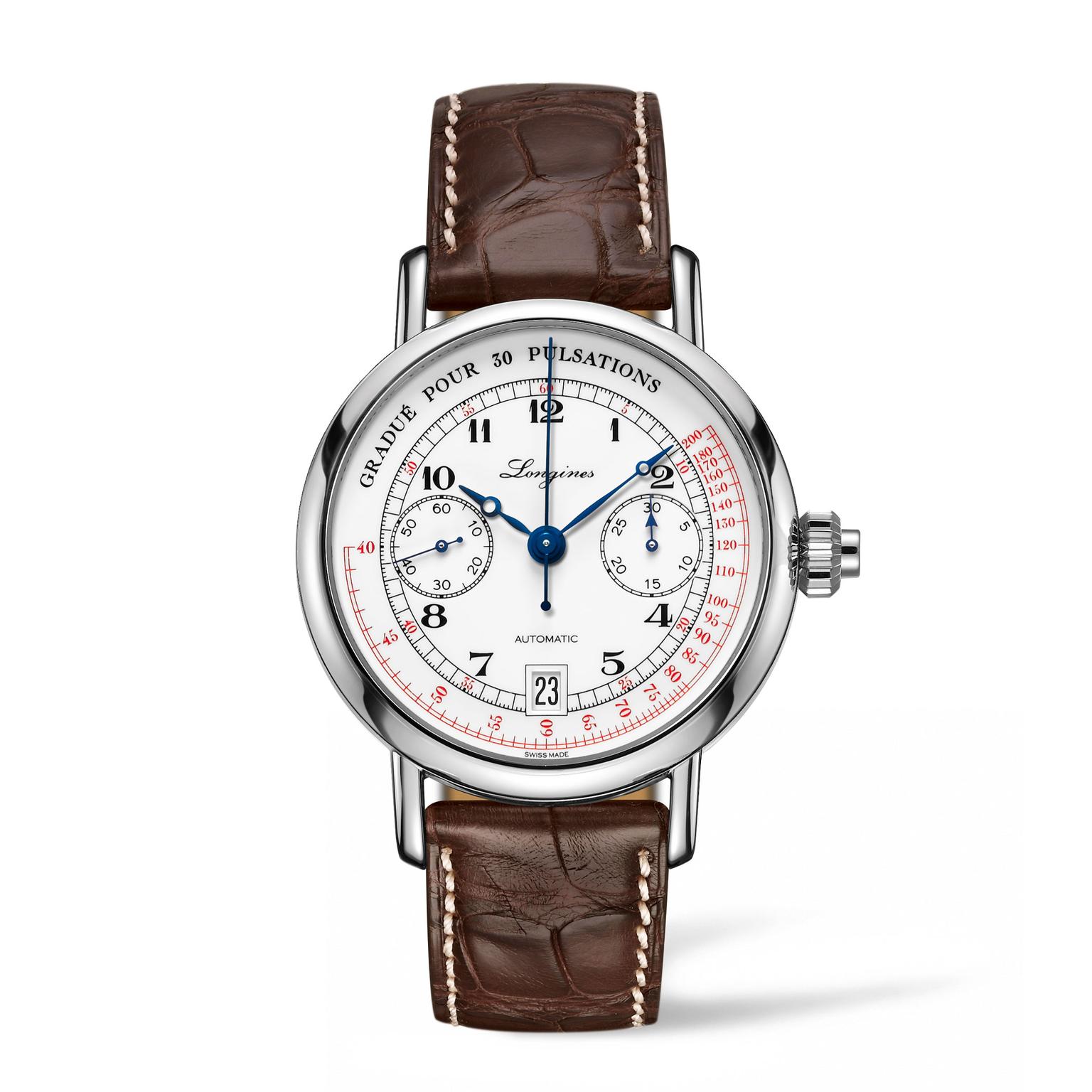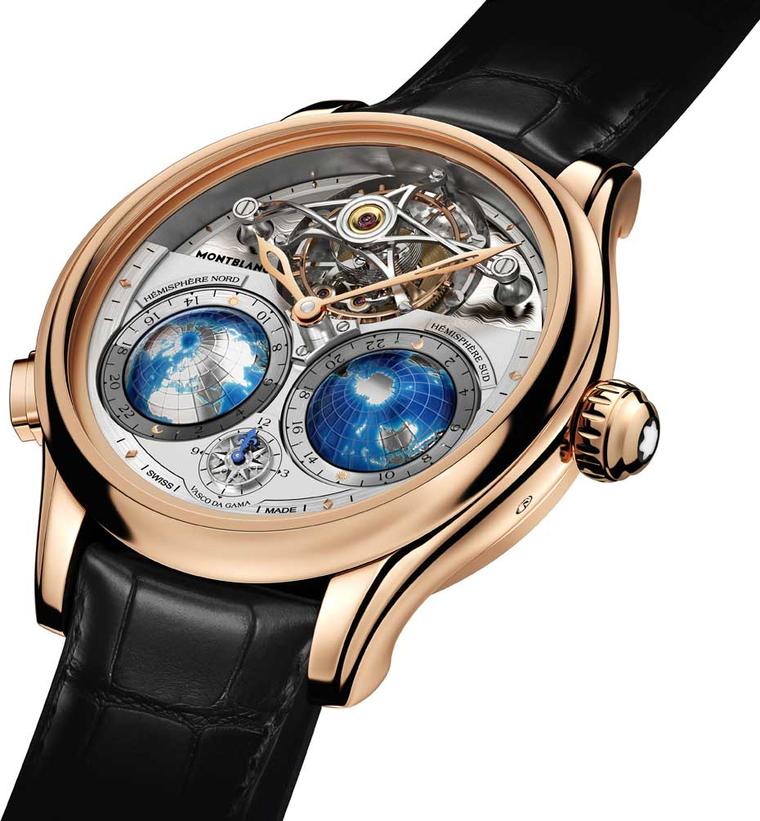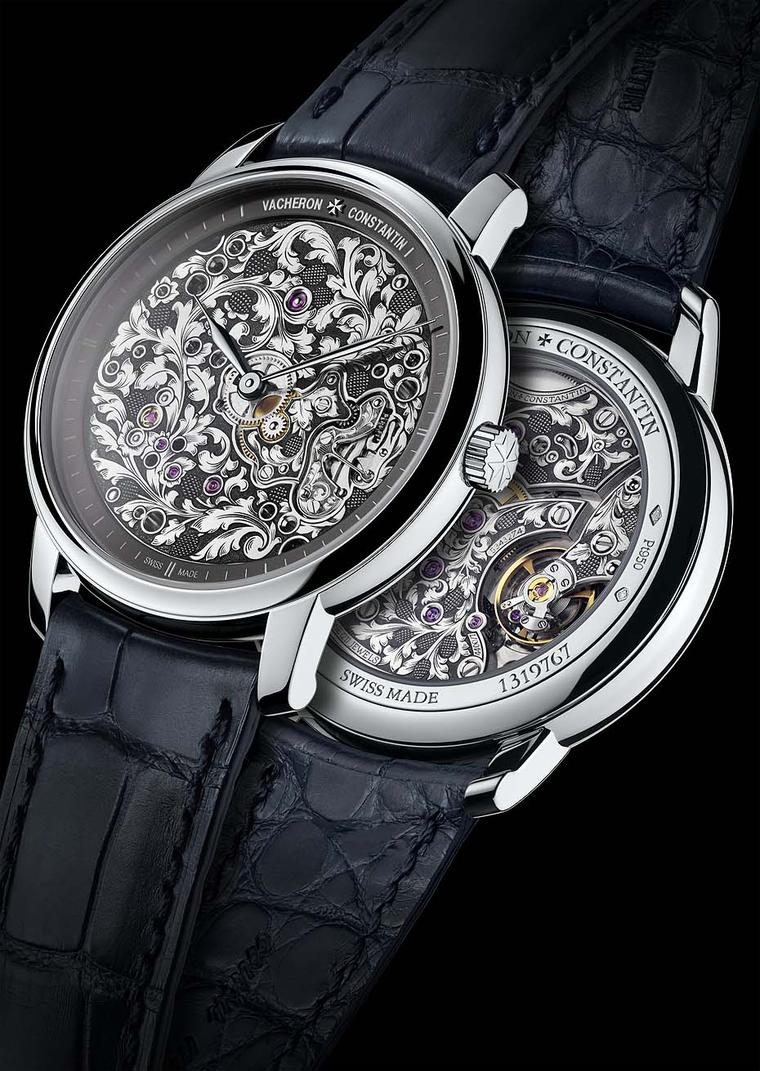An Apple watch a day might keep the doctor at bay - or your watch in a docking station given its skimpy battery life - but for those of you who appreciate the fine art of mechanical watches, take heart because there is a revival in the watch world of the faithful pulsometer or pulsograph, aka the doctor's watch.
Things have come a long way since the English physician Sir John Floyer (1649-1734) introduced the practice of pulse rate measurement.
Convinced that many maladies could be detected by measuring a patient's pulse - and cured with ice-cold baths - Floyer asked clockmaker Samuel Watson to adapt a watch for this precise purpose. Heralding the world's first pulse watch, the timepiece was what could be described as a very early chronograph since it was equipped with a lever to start and stop the timing mechanism.
In the early 1920s, Swiss watch manufacturers discovered that many of their chronograph wristwatches were gaining popularity among the medical profession to aid them during their hospital rounds. Since a chronograph displays elapsed times, doctors could locate the pulse and activate the chronograph. To avoid mistakes, pulsometer scales were incorporated on chronographs providing a simple, reliable and fast way to measure the heart rate. By using a precise pulsometer scale on the watch, doctors could determine pulse rates with a greater degree of accuracy and get the task done in just 30 seconds.
This year Longines presented its new Pulsometer Chronograph, enjoying the increased demand for classic, vintage-style watches. Inspired by a medical watch from the early 1920s, the round 40mm stainless steel case with soldered lugs and a white lacquered dial with painted Arabic numerals exudes a convincing retro appeal. The striated crown doubles up as the pusher for the chronograph while the pulsometer scale is featured in contrasting red numerals on a peripheral track. For a view of the automatic column wheel movement with its generous 54-hour power reserve, a sapphire crystal window seals the caseback.

The most classic collection of Blancpain watches is named after the village of Villeret where the brand was born and has been expanded recently with the Chronographe Pulsomètre watch in a 43.6mm rose gold case with a flyback chronograph function. This handsome watch with a Grand Feu enamel dial and Roman numerals is also the recipient of a brand new high-frequency movement, the first at Blancpain, composed of 322 parts and a silicon balance spring. Like the other models, the number of heartbeats a minute is calculated by activating the chronograph, counting 30 heartbeats and then stopping the chronograph and reading off the measurement on the scale.
In a similar vein, Montblanc's Meisterstück Heritage Pulsograph is also a monopusher chronograph with a pulsometer scale positioned on the periphery of the dial. The logarithmic scale is calibrated for 30 pulse beats. The measurement of the pulse is indicated with the central seconds hand, which has a red-tipped point. Poised and classical to the core, the beautifully decorated hand-wound movement of this 41mm rose gold watch is calibrated to measure intervals to the nearest fifth of a second.

My personal favourite, though, is Vacheron Constantin's Harmony Chronograph. This key player in the new Harmony collection was inspired by an early Vacheron pulsometer chronograph of 1928. The cushion-shaped case of the original watch was, in turn, the muse behind the entire Harmony collection. The Harmony Chronograph calibre 3300, housed in a generous 42mm rose gold case, is a superlative monopusher chronograph and, like its ancestor, bears a pulsometric scale painted in deep red around the rim of the dial.
Read more about the Harmony collection ofVacheron Constantinwatches
So, before you start fiddling with electronic gadgets and docking stations, one of these refined doctor's watches could prove a life-saving device and an eternal friend for life.
















